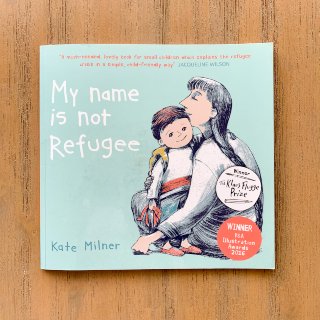This is a Ball
Free lesson plan, writing template and printable word-search puzzles for kids
Best suited to:
K – Year 2
KLAs covered:
English (describing things), maths (using mathematical language to describe 3-D objects)
Learning:
- how do we describe things?
- what makes a ball a ball?
- how are things different from each other?
Need to know:
- a very simple text with simple line drawings and funny text that contradicts the images;
- prompts children to think about how we describe things, the characteristics/features of things;
- enhances oral language as children explain and justify their thinking;
- gets children laughing and feeling clever as they are the ones who know and the teacher is wrong! This triggers the production of oxytocin (the pro-social hormone) which promotes happy, cooperative feelings of connection;
- can also be used to introduce or revise 2D shapes;
- can also be used to introduce and discuss statements vs questions;
Discussion Questions (before reading):
- what do you think this book will be about? What do you see that makes you think that?
Discussion Questions (after reading):
- How do we know the shape on page 5 is not a ball? (balls do not have edges or corners);
- What is the difference between a ball and a circle? (a ball is 3-dimensional and a circle is 2-dimensional/flat);
- What does the word ‘definitely’ mean? Can you think of another word (synonym) that also means ‘definitely’? (certainly, absolutely);
- Look at the symbol on page 10 after the sentence ‘You think it’s yellow’. What is the symbol? (a question mark);
- What makes a question different from a statement? (a question usually needs an answer);
- On page 14 the word ‘this’ is underlined. Why has the author done this? What might it tell the reader about the way they are supposed to read that sentence? (emphasis on the word ‘this’)
- What do you think the ‘blue’ tomato on page 10 might taste like? Would you like one on your sandwich?
Activities
Revising 2D shapes (K – Year 1):
- read the book then draw a triangle (or other shape) on a mini whiteboard;
- tell the children the shape is a square and see what they say. (No! It has three sides! etc);
- ask: ‘How is a square different from a triangle?’ (children describe the number of sides, corners, etc);
- rub the triangle out and say something like: ‘Oh, yes. I think I’ve seen one before’ and draw a different shape that’s not a square;
- follow the children’s lead, listening to their descriptions, drawing shapes using their instructions, etc.
Literacy Activities:
- children draw a picture and write a sentence about their picture in the same style as the book ie. the words contradict the picture. This is fun and also gets them thinking about descriptions in ways that challenge their brains;
- you can invite the children to present their work to the class, display the pages for the class to do a picture-walk or you can put the pictures together to make a class book;
Your free, printable word-search puzzles and writing template
These free, printable word-search puzzles for kids are great for building and reinforcing the vocabulary used when discussing This is a Ball. They’re especially helpful for EAL/D students.
There are two different puzzles in this file to enable you to differentiate the activity according to the learning needs of your students.
Download and print your free writing template for use with the picture book This is a Ball here (PDF).







